Ho Chi Minh City Baby Linh, 8 years old, had a stomachache for two months, the doctor discovered congenital intestinal cysts with a structure similar to the digestive tract.
Previously, baby Linh, a resident of Gia Lai, had an ultrasound showing an abnormal abdomen, diagnosed with bloating and flatulence. After taking medicine for two weeks without improvement, her family took her to Ho Chi Minh City for examination.
CT scan results at Tam Anh General Hospital, Ho Chi Minh City showed that the baby's abdomen had a cyst measuring 10x12x14 mm located in the large intestine (colon), a congenital double intestinal malformation in the digestive tract, also known as double intestinal cyst.
On February 1, Dr. Nguyen Do Trong, Department of Pediatric Surgery, said that intestinal duplication can occur anywhere in the digestive tract from the mouth to the anus. These cysts are composed of epithelial layers, smooth muscle, and a structure similar to the digestive tract. Congenital cysts often share a blood supply with a normal intestinal segment.
According to Dr. Trong, the rate of congenital double intestines is reported to be about 1/4,500, more than 80% of cases occur before the age of two due to acute abdominal pain or intestinal obstruction. The most common location is the ileum (accounting for 60%), while localization in the colon as in Linh's case is reported to be about 4-18%. About 1/3 of children with double intestines are accompanied by other congenital malformations in the digestive tract or urinary tract. Double colon is often associated with abnormalities of the reproductive system, but Linh has no abnormalities in this part.
Normally, if the disease is detected late, the patient may suffer complications causing intestinal torsion, intussusception, recurrent bleeding, and the risk of malignancy. Doctor Trong assessed that Linh was lucky even though it was detected late, but the size of the double intestine was only as small as a longan, and there were no complications.
The definitive treatment is surgery to remove the abnormally structured segment of the intestine and reconnect the intestine.

Doctor Do Trong (right) performs laparoscopic surgery to remove a malformed intestine. Photo: Tue Diem
Baby Linh had laparoscopic surgery to remove the entire malformed intestine. After surgery, she fasted for two days to stabilize her digestive tract; she was discharged after 5 days, eating and living normally.
Dr. Trong said that the exact cause of the disease is still unknown. Some hypotheses suggest that this malformation is caused by abnormalities in embryonic development between the 4th and 8th weeks of pregnancy.
In Linh’s case, the mother said she had received full prenatal checkups during her pregnancy. From birth to age 8, the child had several abdominal ultrasounds but no abnormalities were detected.
Doctor Do Trong explained that congenital double intestine can be diagnosed prenatally by ultrasound but only 20-30% of cases can be detected. This malformation is often detected before the child is two years old with symptoms of abdominal pain, vomiting, constipation... Medical literature has recorded some cases in adults with symptoms of abdominal pain or incidentally discovered during health check-ups.
Congenital intestinal duplications are difficult to recognize, and warning signs vary depending on the location and size of the deformity. If it occurs in the chest, the child may have respiratory failure; if it occurs in the stomach or intestines, it can cause unexplained abdominal pain, intestinal obstruction, gastrointestinal bleeding, or constipation.
Doctor Trong recommends that when children show signs of abdominal pain, restlessness, vomiting, and slow weight gain, parents should take their children to see a doctor early. Many congenital gastrointestinal malformations such as congenital intestinal atresia, intestinal perforation, anal insufficiency, small intestine and colon obstruction... are dangerous and need to be detected early.
Wisdom
* Character names have been changed
| Readers send questions about children's diseases here for doctors to answer |
Source link


![[Photo] Prime Minister Pham Minh Chinh chairs meeting to discuss tax solutions for Vietnam's import and export goods](https://vstatic.vietnam.vn/vietnam/resource/IMAGE/2025/4/10/19b9ed81ca2940b79fb8a0b9ccef539a)



![[Photo] Summary of parade practice in preparation for the April 30th celebration](https://vstatic.vietnam.vn/vietnam/resource/IMAGE/2025/4/11/78cfee0f2cc045b387ff1a4362b5950f)
![[Photo] Phuc Tho mulberry season – Sweet fruit from green agriculture](https://vstatic.vietnam.vn/vietnam/resource/IMAGE/2025/4/10/1710a51d63c84a5a92de1b9b4caaf3e5)








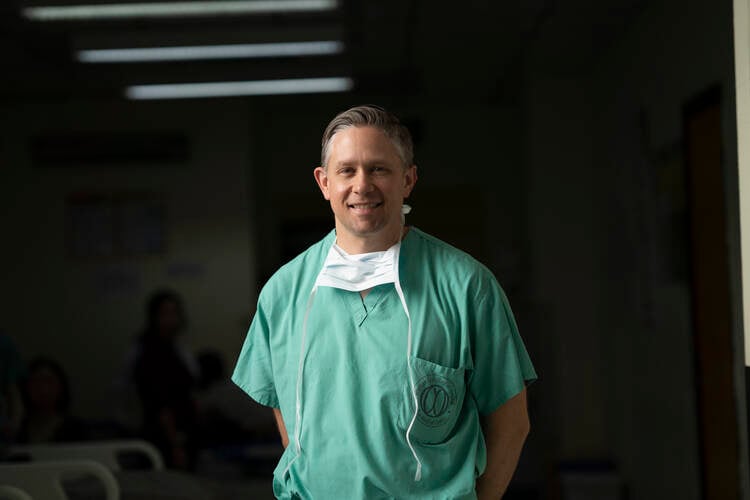

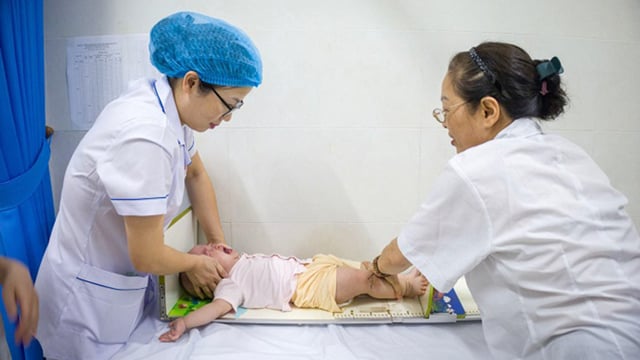

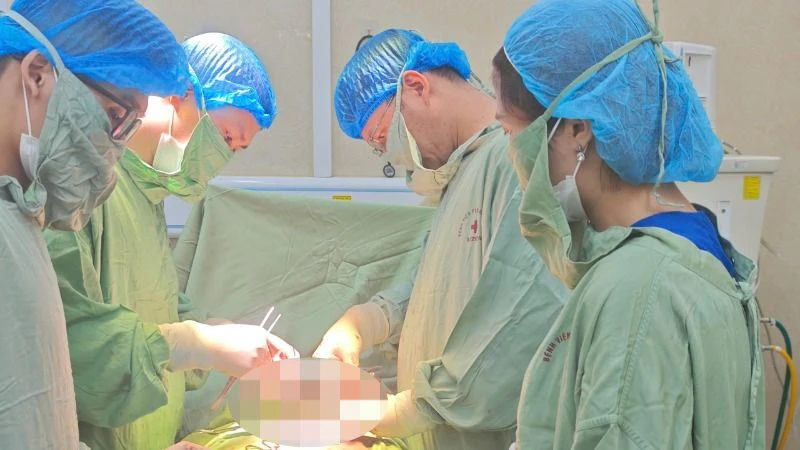

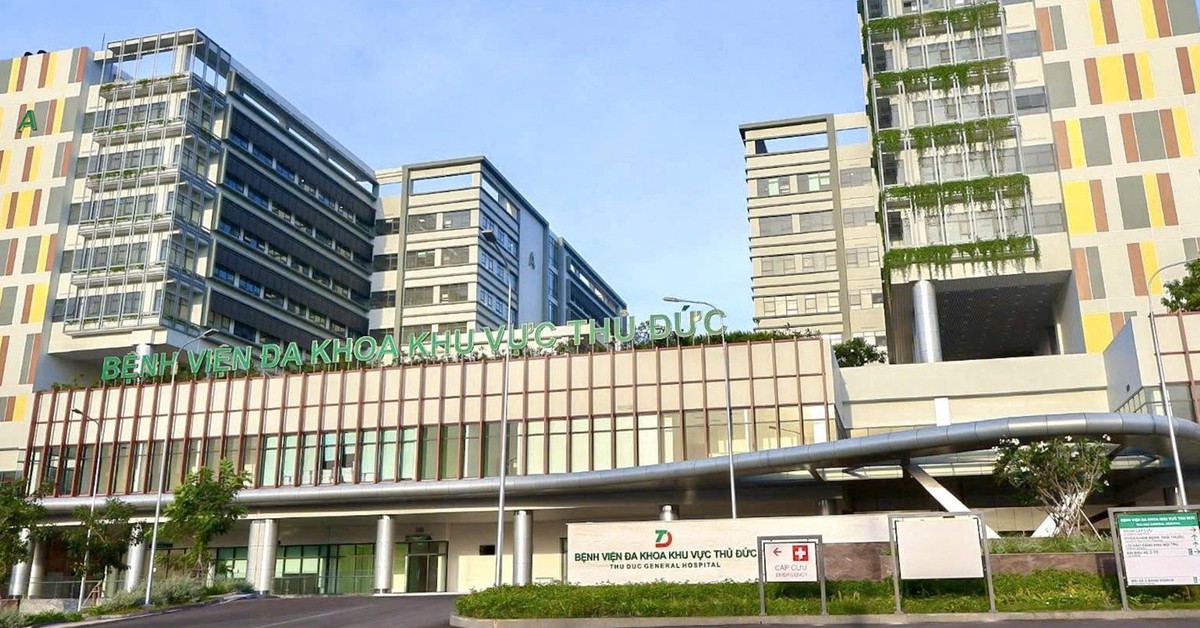

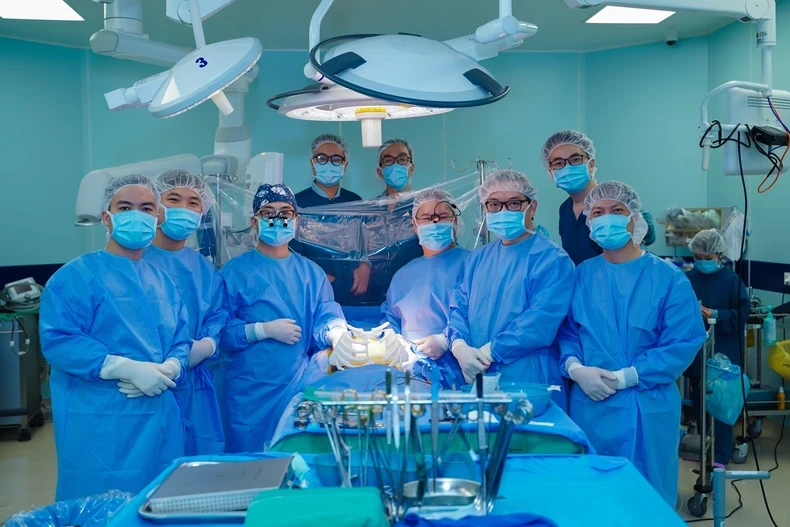










































































Comment (0)